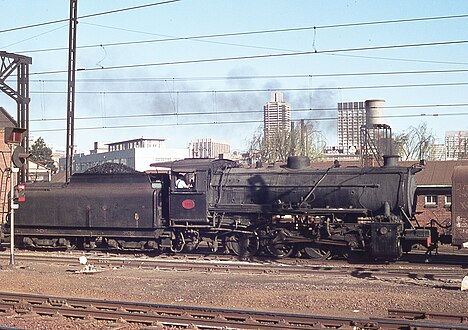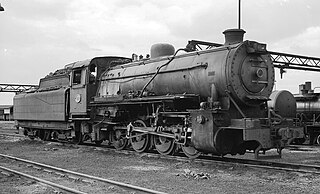
The South African Railways Class S 0-8-0 of 1929 was a steam locomotive.

The South African Railways Class J 4-6-4T of 1915 was a steam locomotive.

The South African type YB tender was a steam locomotive tender from the pre-Union era in the Cape of Good Hope.
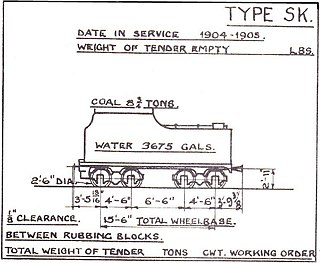
The South African type SK tender was a steam locomotive tender.
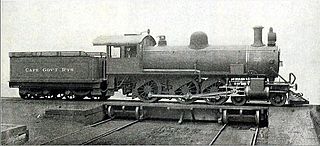
The South African type WE tender was a steam locomotive tender from the pre-Union era in the Cape of Good Hope.

The South African type MR tender was a steam locomotive tender.
The South African type LP tender was a steam locomotive tender.

The South African type HT tender was a steam locomotive tender.
The South African type MS tender was a steam locomotive tender.
The South African type MP tender was a steam locomotive tender.
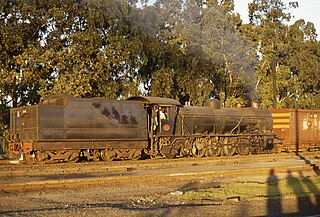
The South African type MT1 tender was a steam locomotive tender.

The South African type MT2 tender was a steam locomotive tender.
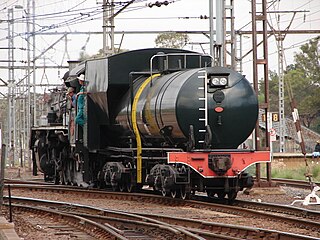
The South African type MX tender was a steam locomotive tender.
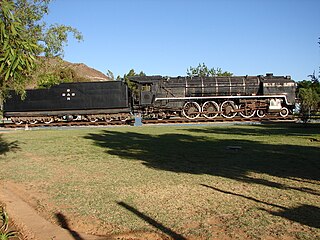
The South African type EW tender was a steam locomotive tender.

The South African type ET tender was a steam locomotive tender.
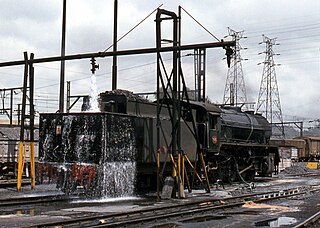
The South African type JT1 tender was a steam locomotive tender.
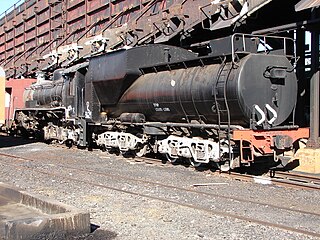
The South African type MY tender was a steam locomotive tender.
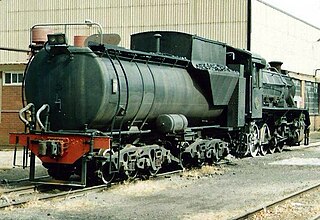
The South African type MY1 tender was a steam locomotive tender.
The South African type ET1 tender was a steam locomotive tender.
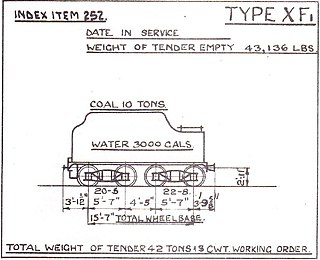
The South African type XF1 tender was a steam locomotive tender.

